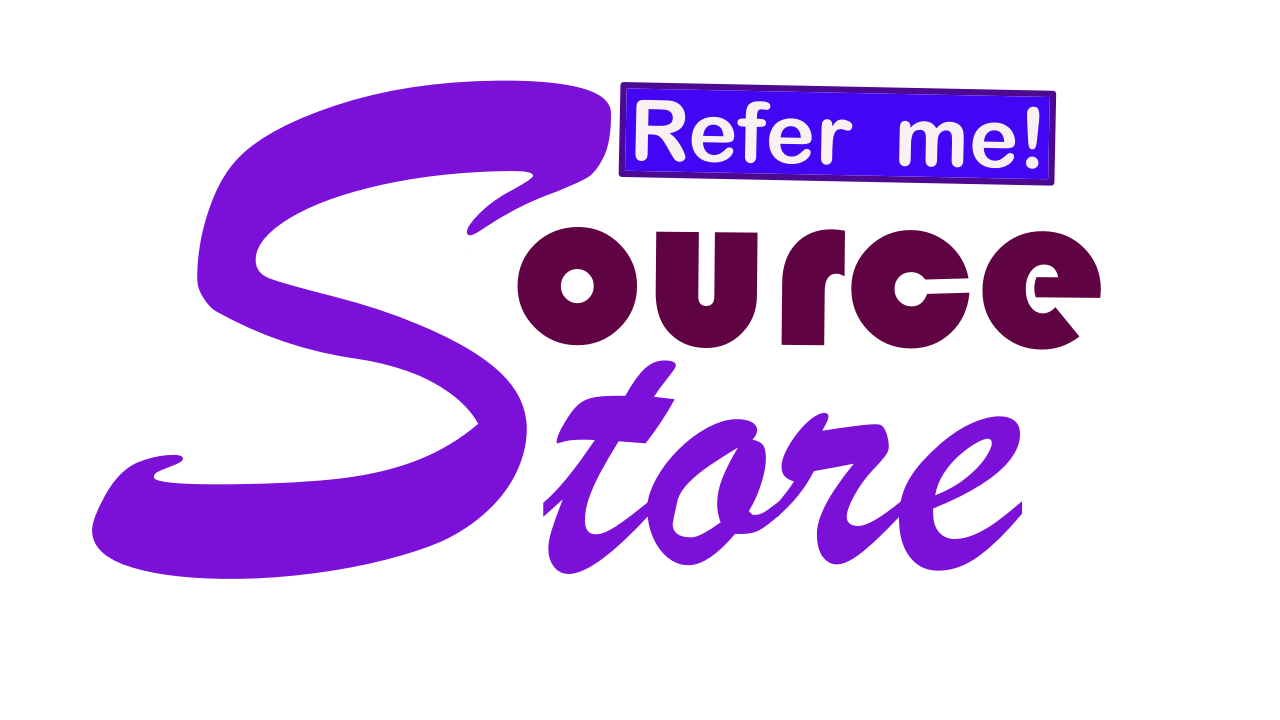Designing a website that can serve multiple purposes requires careful planning and consideration of the user's needs. Here are some general guidelines for designing a layout that is flexible enough to accommodate multiple purposes:
- Keep it simple: A simple, clean layout is often the best way to accommodate multiple purposes. This will allow users to quickly find the information they need without getting overwhelmed.
- Organize content: Organize content into sections or categories to make it easy for users to find what they need. Use clear headings and labels to guide users to the appropriate content.
- Use clear navigation: Include a clear and intuitive navigation menu that allows users to easily find the information they need. This may include a top-level menu with dropdown sub-menus or a sidebar menu with expandable categories.
- Use responsive design: Ensure that the website is optimized for different screen sizes and devices. A responsive design that adjusts to different screen sizes will make it easier for users to access the website from their mobile devices.
- Use color and imagery wisely: Use color and imagery to create a cohesive look and feel for the website. But make sure they don't distract from the content or make the website difficult to use.
- Include calls to action: Include calls to action throughout the website to encourage users to take action, whether it's to make a purchase, sign up for a newsletter, or contact the company.
- Test and iterate: Finally, it's important to test the website with users and make changes based on their feedback. This will help ensure that the website meets the needs of its users and is optimized for multiple purposes.
- Consider the user's journey: Think about the different paths that a user might take through the website, and design the layout to support those paths. For example, a user might be looking for information, trying to make a purchase, or seeking support. Make sure that each path is clear and easy to follow.
- Use a grid system: A grid system can help to create a consistent layout and structure for the website. This can make it easier for users to scan the content and find what they need.
- Prioritize content: Not all content on the website is equally important. Prioritize the content based on its importance and relevance to the user. Use visual cues such as size, color, and placement to help highlight the most important content.
- Use white space: White space, or the space between elements on the page, can help to create a clean, uncluttered layout. Use white space strategically to give the user's eyes a break and to draw attention to important content.
- Consider accessibility: Ensure that the website is accessible to users with different abilities. Use appropriate color contrasts, provide text alternatives for images and videos, and make sure that the website can be navigated using a keyboard.
- Use a consistent design: A consistent design across the website can help to create a sense of unity and coherence. Use consistent typography, color, and imagery to create a unified look and feel.
- Use clear typography: Use typography that is easy to read and understand. Use appropriate font sizes and line heights to ensure that the text is legible, and use headings and subheadings to break up the text and make it more scannable.
These are just a few additional tips for designing a website layout that can serve multiple purposes. Ultimately, the key is to design a layout that is intuitive, user-friendly, and supports the user's goals and needs.
